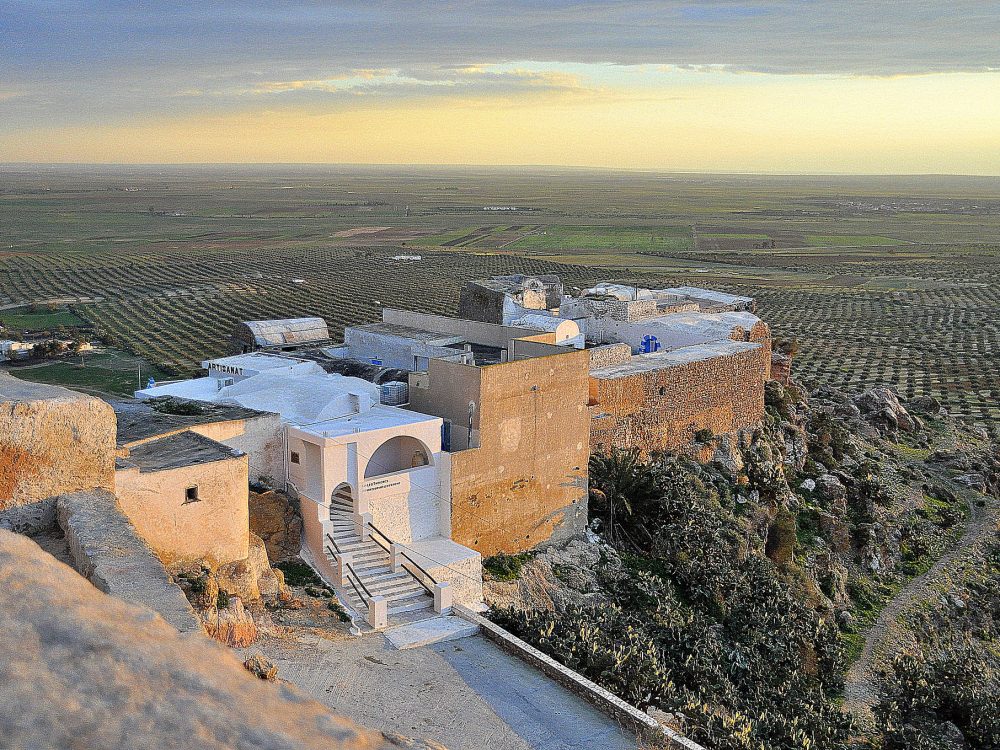Making aid information transparent in Kosovo
Kosovo
Although it is the youngest country to have implemented the Aid Management Platform (AMP), Kosovo became a model for aid transparency by making its AMP available to the public online. Vanessa Goas, part of the Development Gateway team working on AMP Kosovo, shares a summary of her time in Pristina:
Since fall 2009, Development Gateway has been working closely with the government and other stakeholders in Kosovo to establish the first comprehensive process and system for tracking aid information in this newly independent country. Before AMP, it was extremely time-consuming for the government to gather, share and analyze information on ongoing aid-funded projects in Kosovo, and for the donors to find out what other donors were doing in a given sector or region. Information was largely unavailable to the general public.
AMP now serves as a one-stop-shop on aid information for all these stakeholders—so for all involved, the public launch was an exciting event. To support the launch, and to continue other activities that are part of the broader capacity building program around aid management, a four-member Development Gateway team spent a week in Kosovo in October. Since projects are entered directly into AMP by donor agencies, we held a data validation workshop, together with the government, to help donors ensure that their data are accurate, timely and complete, as well as refresher donor data entry sessions and government administrative training sessions.
We worked closely with the MEI on production of their first official aid report using AMP, which was an important milestone. Official aid reports are key AMP outputs that demonstrate the value of building sound information management processes—it takes some time, but ultimately the success of a system implementation like this depends on institutional commitment and a sustainable methodology for maintaining and updating data. In the coming months, MEI will also publish quarterly reports using AMP.
On Oct. 11, officials from the MEI and the European Commission Liaison Office to Kosovo (which provides funding for the Aid Management Program in Kosovo) launched AMP officially to a crowd that included a number of government line ministries and many of the 20+ donor agencies in Kosovo. Some members of the local press also attended and seemed interested in the potential of AMP as a tool for increased transparency and coordination of investment activities. As of today, more than $1 billion in donor commitments from over 20 different agencies is registered in the system, and can be viewed in different reports, documents, maps, and dashboards.
Share This Post
Related from our library

How useful is AI for development? Three things we learned from conversations with development experts
The development world is buzzing with excitement over the idea that new and emerging applications of artificial intelligence (AI) can supercharge economic growth, accelerate climate change mitigation, improve healthcare in rural areas, reduce inequalities, and more. But what does this look like in real life?

At a Glance | Tracking Climate Finance in Africa: Political and Technical Insights on Building Sustainable Digital Public Goods
In order to combat the effects of climate change, financing is needed to fund effective climate fighting strategies. Our white paper, “Tracking Climate Finance in Africa: Political and Technical Insights on Building Sustainable Digital Public Goods,” explores the importance of climate finance tracking, common barriers to establishing climate finance tracking systems, and five insights on developing climate finance tracking systems.

AMP Through the Ages
15 years ago, AMP development was led by and co-designed with multiple partner country governments and international organizations. From a single implementation, AMP grew into 25 implementations globally. Through this growth, DG has learned crucial lessons about building systems that support the use of data for decision-making.